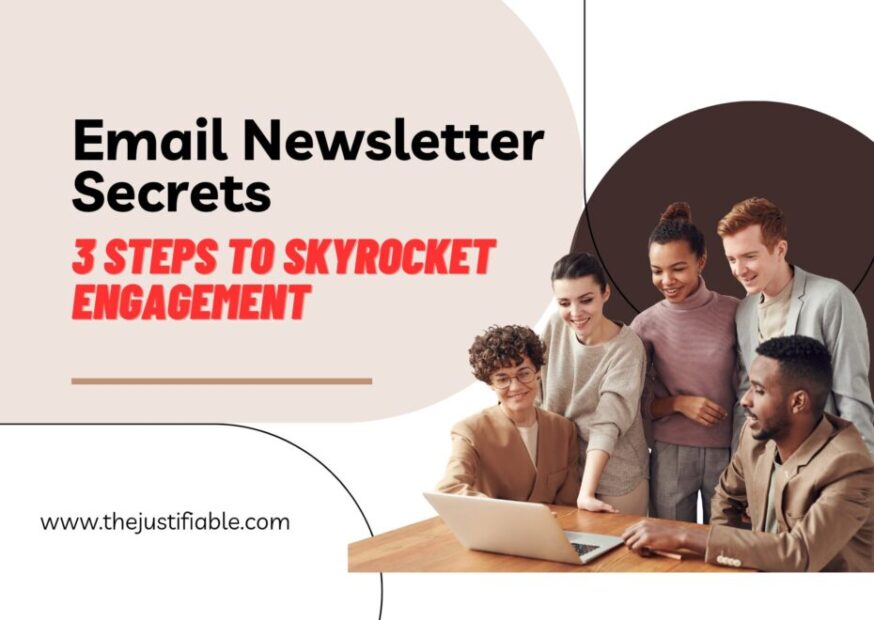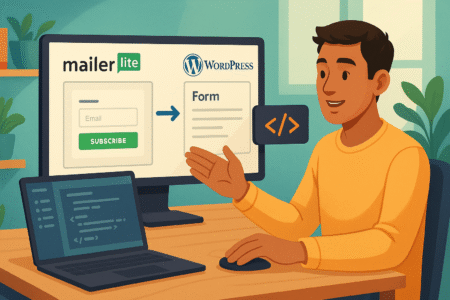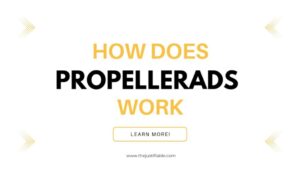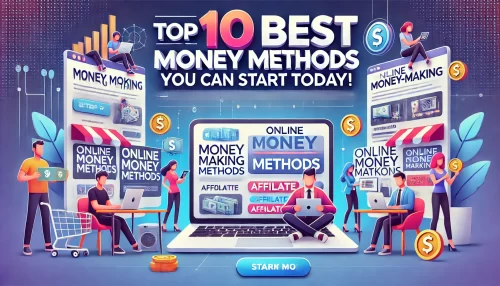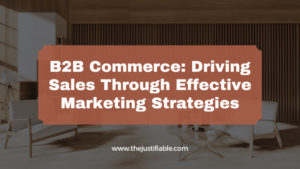Table of Contents
At the core of its effectiveness, an email newsletter provides a platform for tailored communication. It’s not just about broadcasting your message; it’s about engaging in a conversation with your audience. By delivering content directly to their inboxes, you’re stepping into their personal space, which requires a mix of respect, relevance, and value.
The beauty of email newsletters lies in their versatility. Whether you’re aiming to boost brand awareness, share product updates, or provide valuable insights, these digital letters offer a canvas to paint your brand’s story in a way that aligns with your audience’s interests and needs. This isn’t just about sending emails; it’s about creating a narrative that your subscribers are eager to be a part of.
Step 1: Crafting Compelling Content – The Heart of Your Email Newsletters
When it comes to the world of email newsletters, content is king. It’s the driving force that determines whether your email gets opened, read, or sent straight to the trash bin. In the digital age, where the average person receives 121 emails per day, your newsletter needs to stand out. Engaging content in your email newsletter is not just a nice-to-have; it’s essential.
Statistics show the profound impact of quality content. According to recent studies, emails with personalized subject lines are 26% more likely to be opened, and marketers who use segmented campaigns note as much as a 760% increase in revenue. These numbers speak volumes about the power of content that resonates with your audience.
To craft content that captivates, start with understanding your audience. Dive into their interests, pain points, and desires. What keeps them up at night? What solutions can you offer? Tailoring your content to answer these questions not only boosts engagement but also builds trust.
Storytelling is another powerful tool. Humans are wired to love stories, and incorporating them into your newsletterscan transform a mundane update into an intriguing narrative. Share behind-the-scenes glimpses, customer success stories, or the journey of your products. This approach turns your newsletter into a window into your brand’s world, inviting the reader to be part of your story.
Consistency in tone and style also plays a crucial role. Your readers should feel like they’re hearing from a friend – a knowledgeable, approachable friend. This familiarity breeds comfort, and comfort leads to engagement.
Lastly, don’t forget the call-to-action (CTA). Every piece of content in your newsletter should guide the reader to what you want them to do next, whether it’s reading a blog post, checking out a new product, or simply replying to your email. A clear, compelling CTA is the cherry on top of your content sundae.
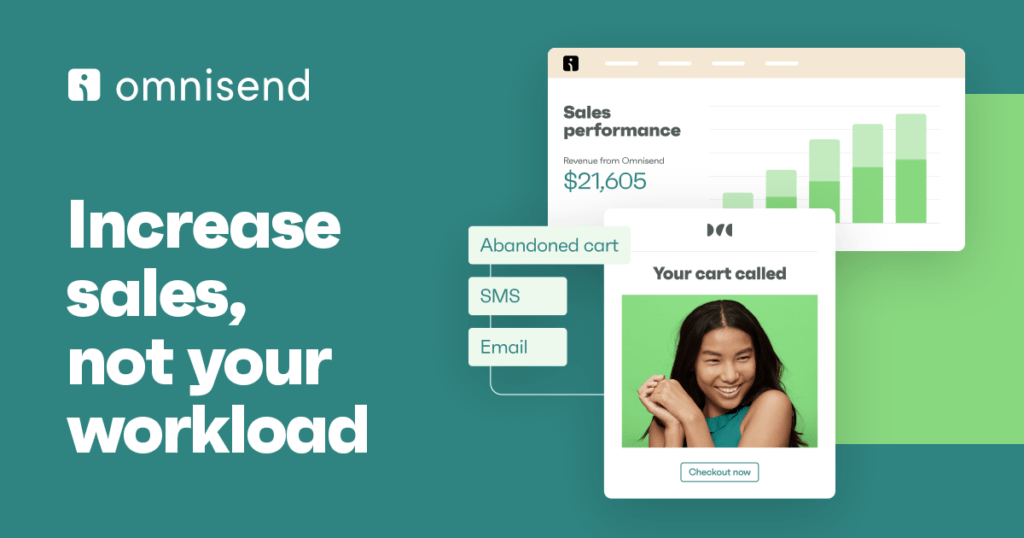
Key Strategies to Elevate Your Content
Now that you understand the significance of engaging content, let’s delve into some key strategies to elevate your email newsletter content. First, prioritize relevance and value. Every piece of content you include in your newsletter should serve a purpose and add value to your reader’s life. This could be in the form of insights, tips, entertainment, or updates that they find useful or interesting.
Another strategy is to use engaging visuals. People are visual creatures, and images, infographics, and videos can make your newsletter more appealing and memorable. Visuals break up text and make your content more digestible, especially when viewed on mobile devices.
Interactivity is also gaining traction in email newsletters. Polls, surveys, and interactive infographics can increase engagement levels by making readers active participants in your content.
Step 2: Design and Layout – Captivating Your Audience Visually
In the realm of email newsletters, the importance of design and layout cannot be understated. Just as a well-tailored suit can make a strong first impression, the visual appeal of your newsletter plays a pivotal role in capturing and retaining the attention of your readers. It’s not just about what you say; it’s about how you present it.
Studies indicate that people form an opinion about a visual piece within 50 milliseconds. In the context of your email newsletter, this means you have a fraction of a second to make an impact. Moreover, incorporating visuals can increase the desire to read content by a staggering 80%. These statistics highlight the undeniable influence of design in enhancing engagement.
But what does effective design entail in the world of email newsletters? It’s about creating a balance – a blend of aesthetics and functionality. Your newsletter should not only be pleasing to the eye but also easy to navigate. This balance ensures that your content is not only noticed but also appreciated and acted upon.
Simple Design Tips for Maximum Impact
Let’s break down some practical design advice for your email newsletter. First and foremost, embrace simplicity. A cluttered layout can be overwhelming. Use white space to your advantage; it’s the breathing room that gives your content the prominence it deserves.
Typography is another crucial element. Your choice of fonts should reflect your brand’s personality while being legible across devices and email clients. Stick to a maximum of two or three fonts to maintain a cohesive look.
Color is a powerful tool in conveying emotion and drawing attention. Use your brand colors to reinforce recognition, but don’t overdo it. A splash of color can highlight important elements like CTAs, but too much can be distracting.
Visual hierarchy is key in guiding your reader through the content. Use headings, subheadings, and bullet points to structure your information. This hierarchy not only improves readability but also helps readers quickly find the most relevant information.
Responsive design is non-negotiable in today’s mobile-dominated world. Your newsletter should look good and function well on any device, whether it’s a desktop, tablet, or smartphone. This adaptability ensures a seamless experience for all your readers.
Lastly, don’t forget about imagery. Use high-quality, relevant images that complement your content. Whether it’s photos, illustrations, or infographics, visuals can break up text-heavy emails, making your newsletter more engaging and memorable.
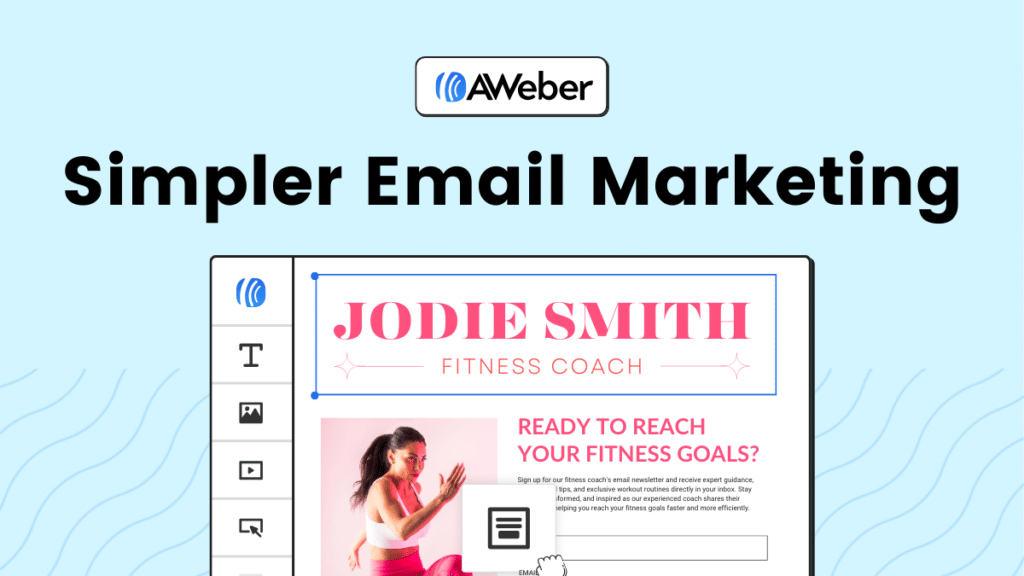
Step 3: Personalization and Segmentation – Sending the Right Message to the Right People
In the dynamic world of email marketing, personalization and segmentation are not just buzzwords; they are essential strategies for connecting with your audience on a more personal and effective level. The era of one-size-fits-all emails is long gone. Today’s savvy consumers expect and appreciate messages that resonate with their individual needs and preferences.
The power of personalization and segmentation is evident in the numbers. Studies show that personalized email campaigns have an average open rate of 18.8% compared to 13.1% for non-personalized emails. Furthermore, emails that are segmented and targeted can lead to a 760% increase in revenue. These statistics underscore the potential impact of sending tailored messages to a well-defined audience.
Personalization goes beyond addressing a recipient by their first name. It’s about delivering content that aligns with their interests, behaviors, and past interactions with your brand. This relevance is the key to capturing attention in an overflowing inbox.
Segmentation, on the other hand, involves dividing your email list into smaller, more focused groups based on specific criteria like demographics, purchase history, or engagement level. This approach allows you to tailor your messaging to each group, increasing the relevance and effectiveness of your emails.
Tools and Techniques for Effective Segmentation
To effectively segment your email list, there are several tools and techniques you can employ. Email marketing platforms like Mailchimp, Aweber, and Moosend offer built-in segmentation features. These tools allow you to create segments based on a variety of criteria, making it easier to target your communications accurately.
One effective technique is to segment your list based on customer behavior. For example, you can create segments for new subscribers, frequent buyers, or those who haven’t made a purchase in a while. This strategy enables you to send targeted emails that cater to each group’s unique needs and relationship with your brand.
Another approach is to use demographic segmentation, which involves categorizing your audience based on age, gender, location, or occupation. This method can be particularly effective for businesses whose products or services appeal to specific demographic groups.
You can also segment your list based on engagement. Track who opens your emails, clicks on links, or ignores your communications altogether. This information can help you tailor your content to re-engage inactive subscribers or reward your most loyal followers.
Measuring Success: Key Metrics to Track in Your Email Newsletter
Understanding the success of your email newsletter campaigns isn’t just a matter of counting how many people opened your email. It’s about delving deeper into the metrics that reveal the true story behind each click and open. These metrics are the compass that guides your email marketing journey, helping you understand what resonates with your audience and what needs tweaking.
One crucial metric is the open rate, which tells you how many people are actually opening your emails. This is often the first indicator of how well your subject lines are working. But don’t stop there. The click-through rate (CTR) is equally important, as it shows how many subscribers are engaging with the content and clicking on the links provided.
Another key metric is the conversion rate. This goes beyond just views and clicks; it measures how many subscribers took the desired action, be it making a purchase, signing up for a webinar, or downloading a resource. This metric directly ties your email newsletters to your business goals.
Bounce rates and unsubscribe rates are also critical. While they might seem negative, they provide valuable insights into the health of your email list. A high bounce rate could indicate outdated or incorrect email addresses, while a high unsubscribe rate might suggest that your content isn’t aligning with subscriber expectations.
Utilizing Analytics to Refine Your Strategy
Now that you’re armed with these metrics, it’s time to turn this data into actionable insights for your future email newsletters. Start by segmenting your data to understand different subscriber behaviors. For instance, if a particular segment is showing a higher open rate, analyze what’s working for them and see how you can replicate that success across other segments.
Experiment with A/B testing for your subject lines, content, and calls to action. This method allows you to compare different versions of your email to see which performs better. The results can be incredibly revealing and can guide you in fine-tuning your content and design.
Pay attention to the times and days when your emails perform best. Timing can have a significant impact on your open and click-through rates. Adjusting your send times based on this data can lead to higher engagement rates.
Lastly, don’t forget to monitor feedback. Sometimes the most valuable insights come directly from your subscribers. Whether it’s through direct replies or surveys, understanding their needs and preferences can help you tailor your content more effectively.
Elevating Your Email Newsletter Game
As we wrap up this journey through the secrets of successful email newsletters, let’s revisit the key elements that can transform your email marketing efforts. Remember, the essence of a great email newsletter lies in its ability to engage, inform, and resonate with your audience.
Crafting compelling content is the heartbeat of your newsletter. It’s about understanding your audience and delivering content that speaks directly to their interests and needs. The design and layout of your newsletter are your silent ambassadors, creating that crucial first impression and guiding your readers through your content.
And let’s not forget the power of personalization and segmentation; treating your subscribers as unique individuals with specific interests can significantly boost your engagement rates.
The journey doesn’t end with hitting the ‘send’ button. Measuring the success of your campaigns through key metrics is vital. This data is your roadmap, showing you what works, what doesn’t, and where there’s room for improvement.
Next Steps: Implementing These Strategies for Immediate Impact
Now it’s your turn to take these insights and translate them into action. Start by examining your current email newsletter strategy. Are you really connecting with your audience through your content? Is your design clean, responsive, and engaging? Are you segmenting your list and personalizing your messages?
Begin implementing these strategies step by step. Experiment with different types of content and designs, and closely monitor how your audience responds. Use the data you collect to continuously refine your approach. Remember, email marketing is not a ‘set it and forget it’ affair; it’s a dynamic, evolving process.
Most importantly, don’t be afraid to get creative and try new things. The digital world is always changing, and what worked yesterday might not work tomorrow. Stay curious, stay adaptable, and keep your audience’s needs at the heart of everything you do.


